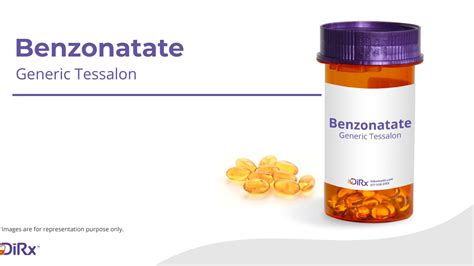Tizanidine is a muscle relaxant medication that is primarily used to treat muscle spasms caused by conditions such as multiple sclerosis, spinal cord injury, or stroke. It belongs to a class of medications known as alpha-2 adrenergic agonists, which work by stimulating certain receptors in the brain and spinal cord to produce a relaxing effect on muscles.
Tizanidine is marketed under several brand names, including Zanaflex, and is available in tablet or capsule form. It is typically taken orally, usually every 6 to 8 hours, as needed to relieve muscle spasms. The medication starts to work within about 1 to 2 hours after taking it, and its effects can last for several hours.
How Tizanidine Works
The exact mechanism of action of tizanidine involves the stimulation of alpha-2 adrenergic receptors in the brain and spinal cord. This stimulation inhibits the release of excitatory neurotransmitters, which are chemicals that nerve cells use to communicate with each other. By reducing the activity of these excitatory neurotransmitters, tizanidine decreases the muscle spasms and tightness associated with conditions like multiple sclerosis and spinal cord injury.
Uses of Tizanidine
Tizanidine is used for the short-term treatment of muscle spasms. It is most commonly prescribed for:
- Multiple Sclerosis (MS): To manage muscle spasms that are a common symptom of MS.
- Spinal Cord Injury: To relieve spasms that can occur after an injury to the spinal cord.
- Stroke: For the management of muscle spasms that can follow a stroke.
Side Effects of Tizanidine
Like all medications, tizanidine can cause side effects, some of which are more common than others. Common side effects include:
- Drowsiness or dizziness
- Weakness
- Dry mouth
- Nausea or vomiting
- Constipation
Less common but more serious side effects can include:
- Low blood pressure
- Abnormal liver function tests
- Hallucinations
- Allergic reactions
It is essential to discuss the potential benefits and risks of tizanidine with a healthcare provider, especially if you have any pre-existing medical conditions, are taking other medications, or are planning to become pregnant.
Interactions and Precautions
Tizanidine can interact with other medications, including certain antidepressants, antihistamines, and narcotics, which can increase the risk of side effects. It is crucial to inform your healthcare provider about all the medications you are taking before starting tizanidine.
Additionally, tizanidine can impair cognitive and motor function, which may affect activities that require full mental and physical alertness, such as driving or operating heavy machinery.
Dosage and Administration
The dosage of tizanidine is adjusted based on the patient’s response to the medication. It is recommended to start with a low dose and gradually increase it as needed and tolerated. The maximum recommended dose is typically 36 milligrams per day, divided into 3 doses, but this can vary based on individual patient factors.
Conclusion
Tizanidine is an effective medication for managing muscle spasms associated with various neurological conditions. While it can provide significant relief from spasms and discomfort, it is essential to be aware of its potential side effects, interactions, and necessary precautions to ensure its safe use. Always follow the guidance of a healthcare professional when taking tizanidine or any other medication.
What are the most common uses of tizanidine?
+Tizanidine is most commonly used to treat muscle spasms caused by conditions such as multiple sclerosis, spinal cord injury, and stroke.
How does tizanidine work?
+Tizanidine works by stimulating alpha-2 adrenergic receptors in the brain and spinal cord, which inhibits the release of excitatory neurotransmitters and thus decreases muscle spasms.
What are the potential side effects of tizanidine?
+Common side effects include drowsiness, weakness, dry mouth, nausea, and constipation. Less common but more serious side effects can include low blood pressure, abnormal liver function, hallucinations, and allergic reactions.
In conclusion, while tizanidine offers effective relief from muscle spasms for many patients, its use should be carefully managed to minimize the risk of side effects and ensure the best possible therapeutic outcomes.



